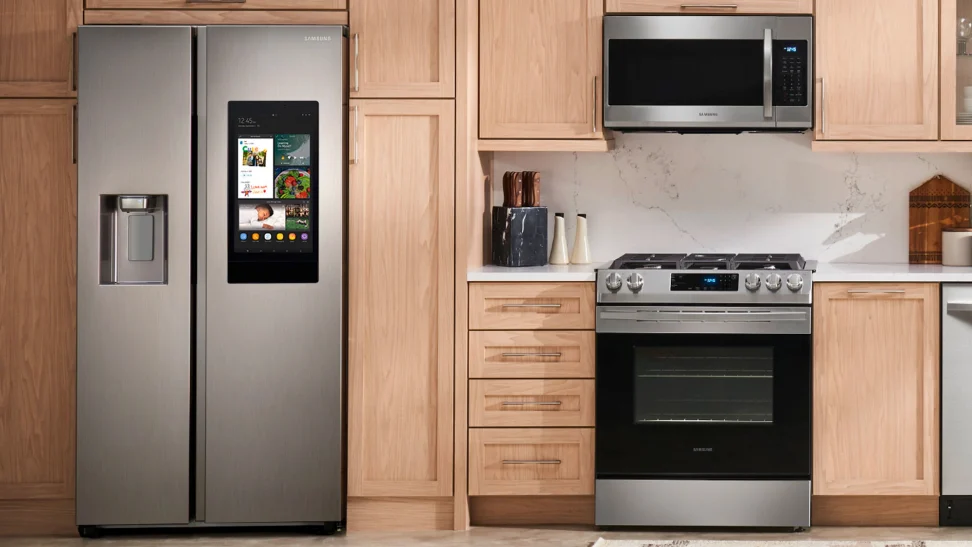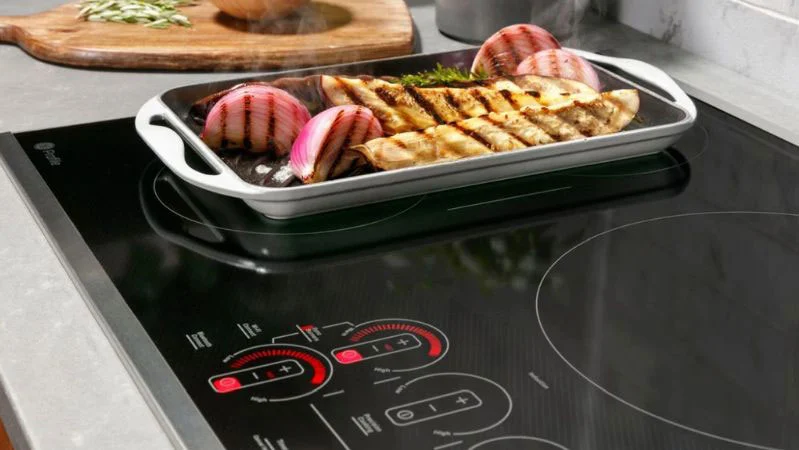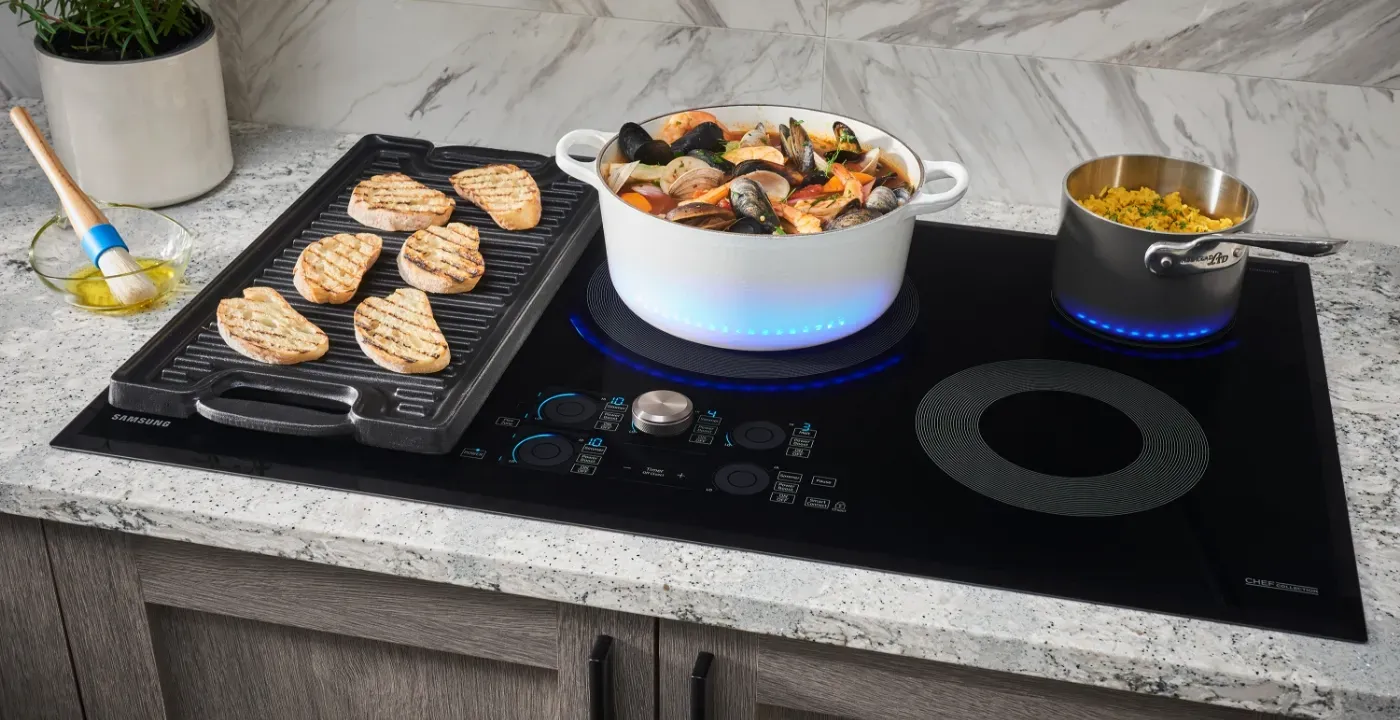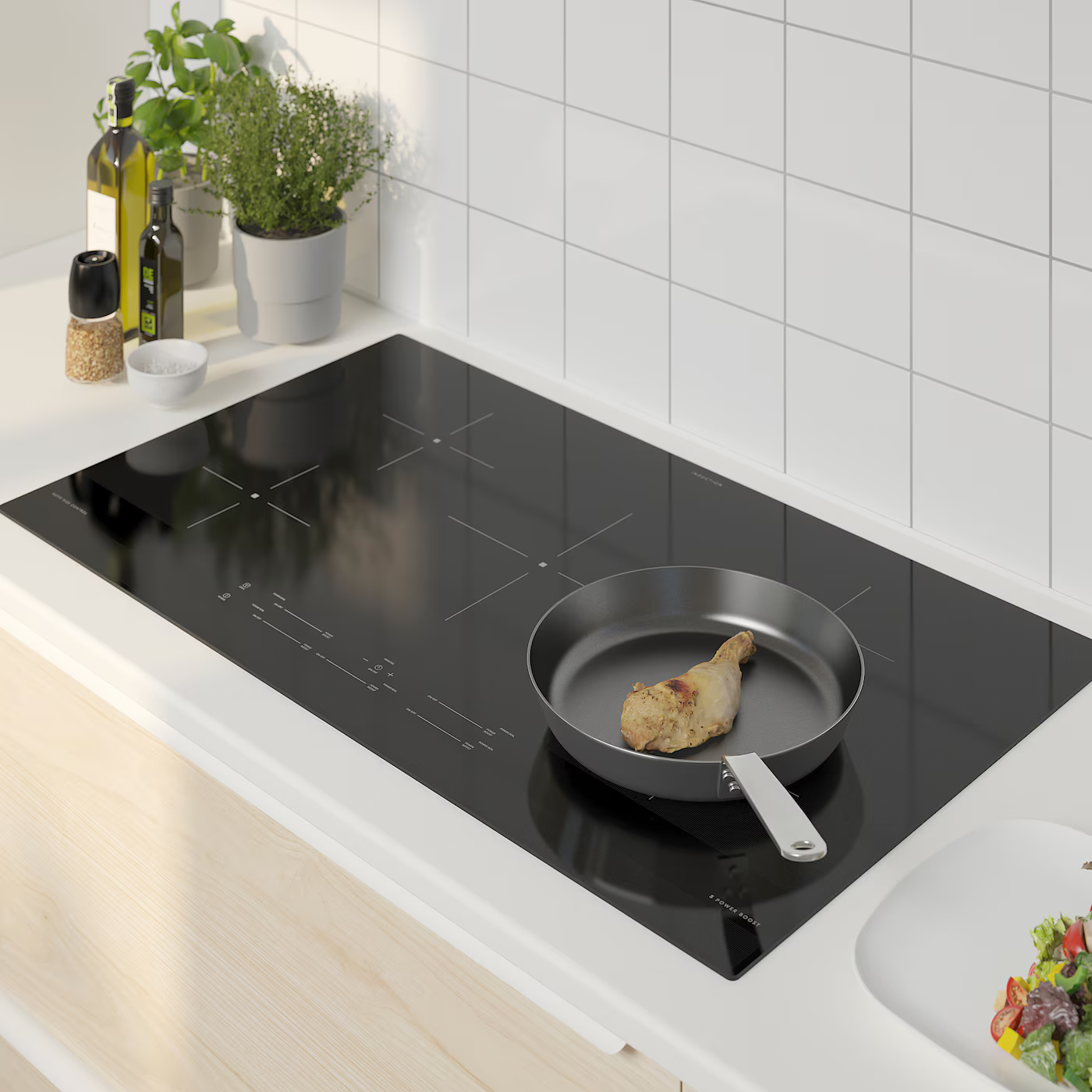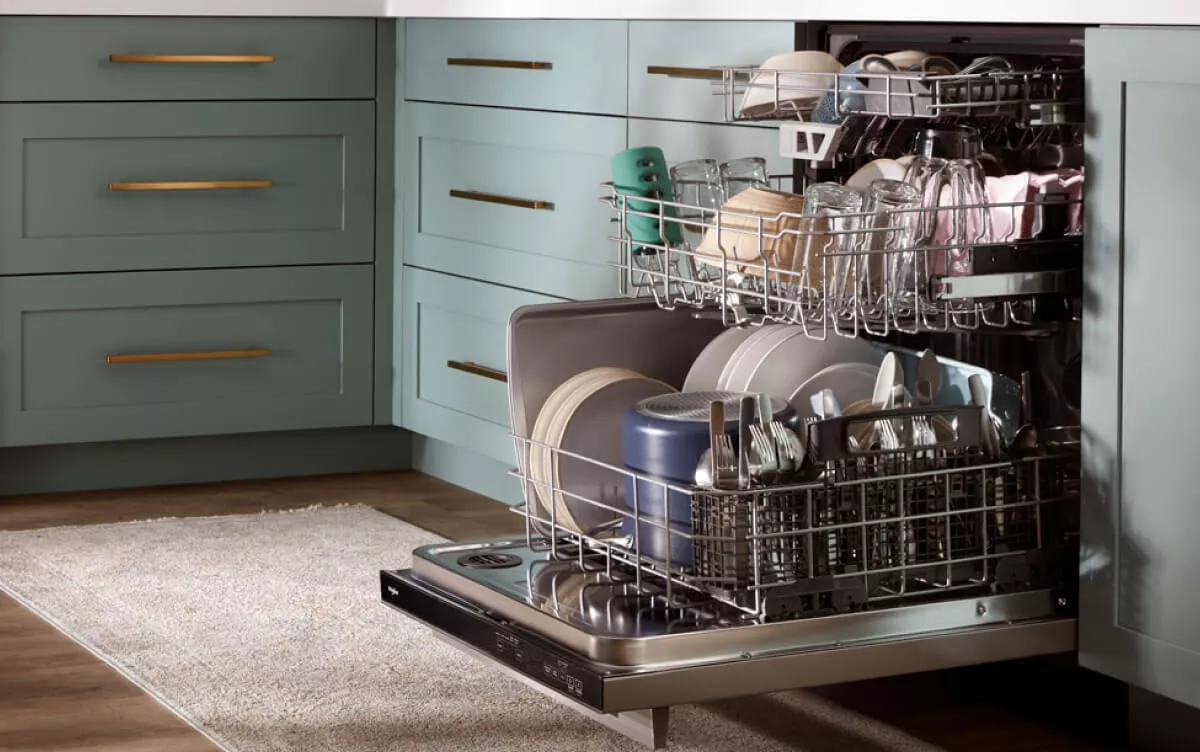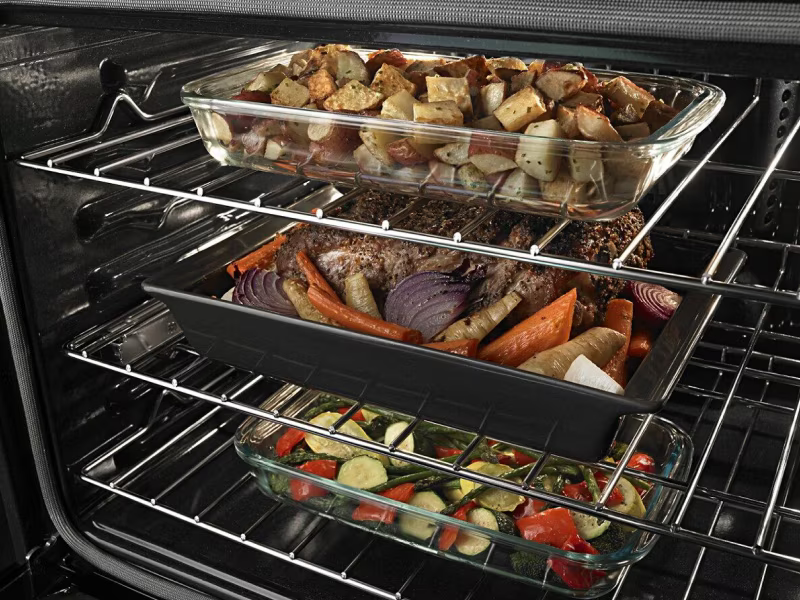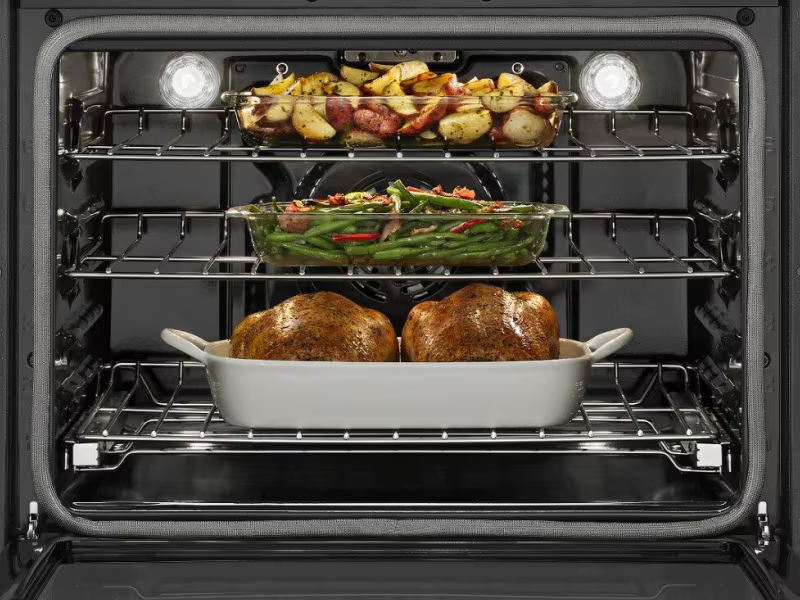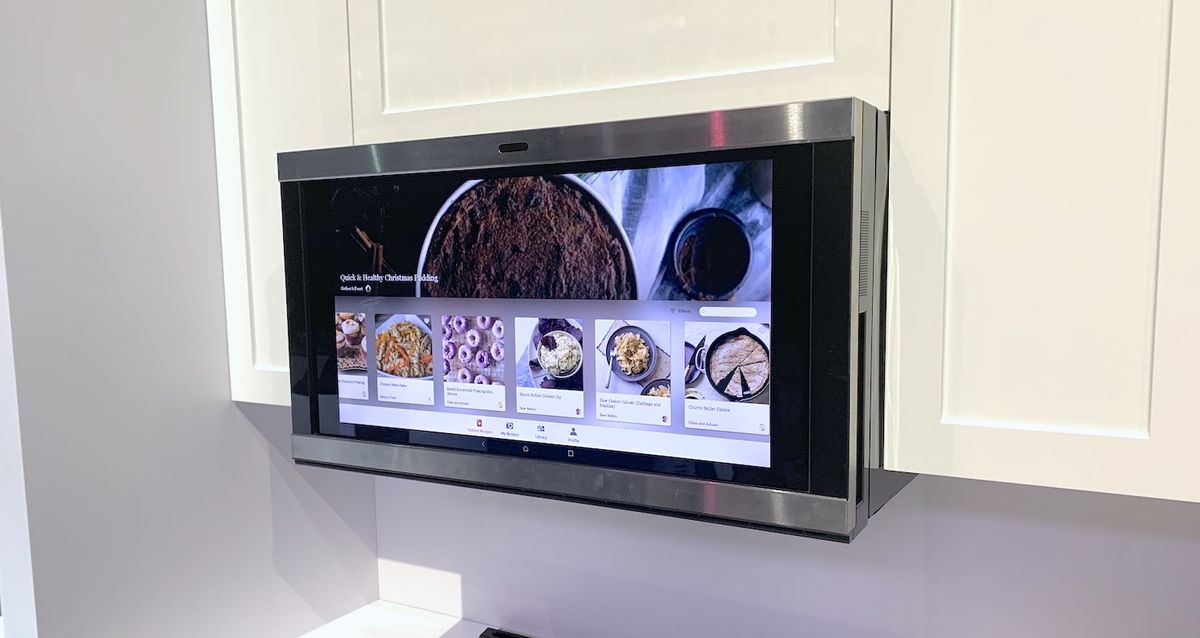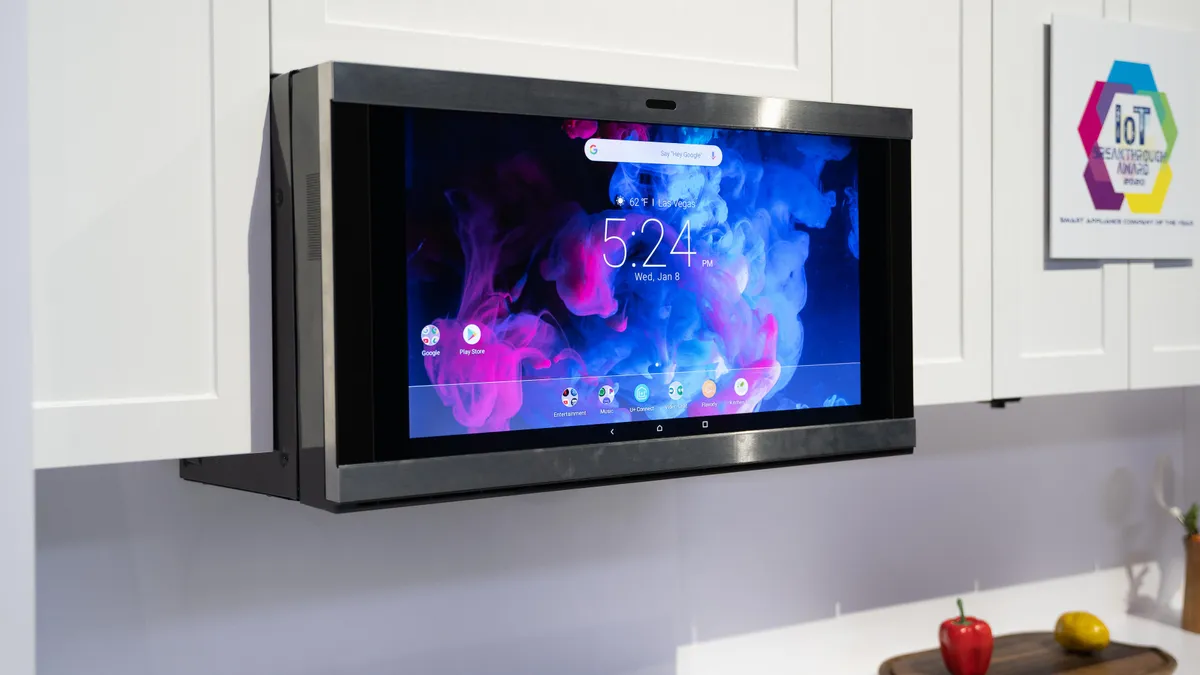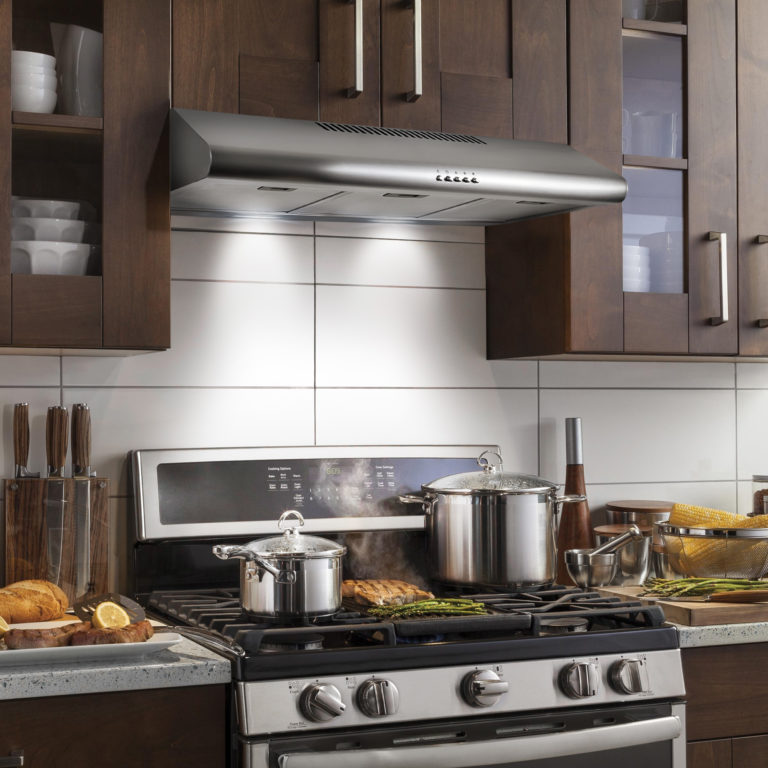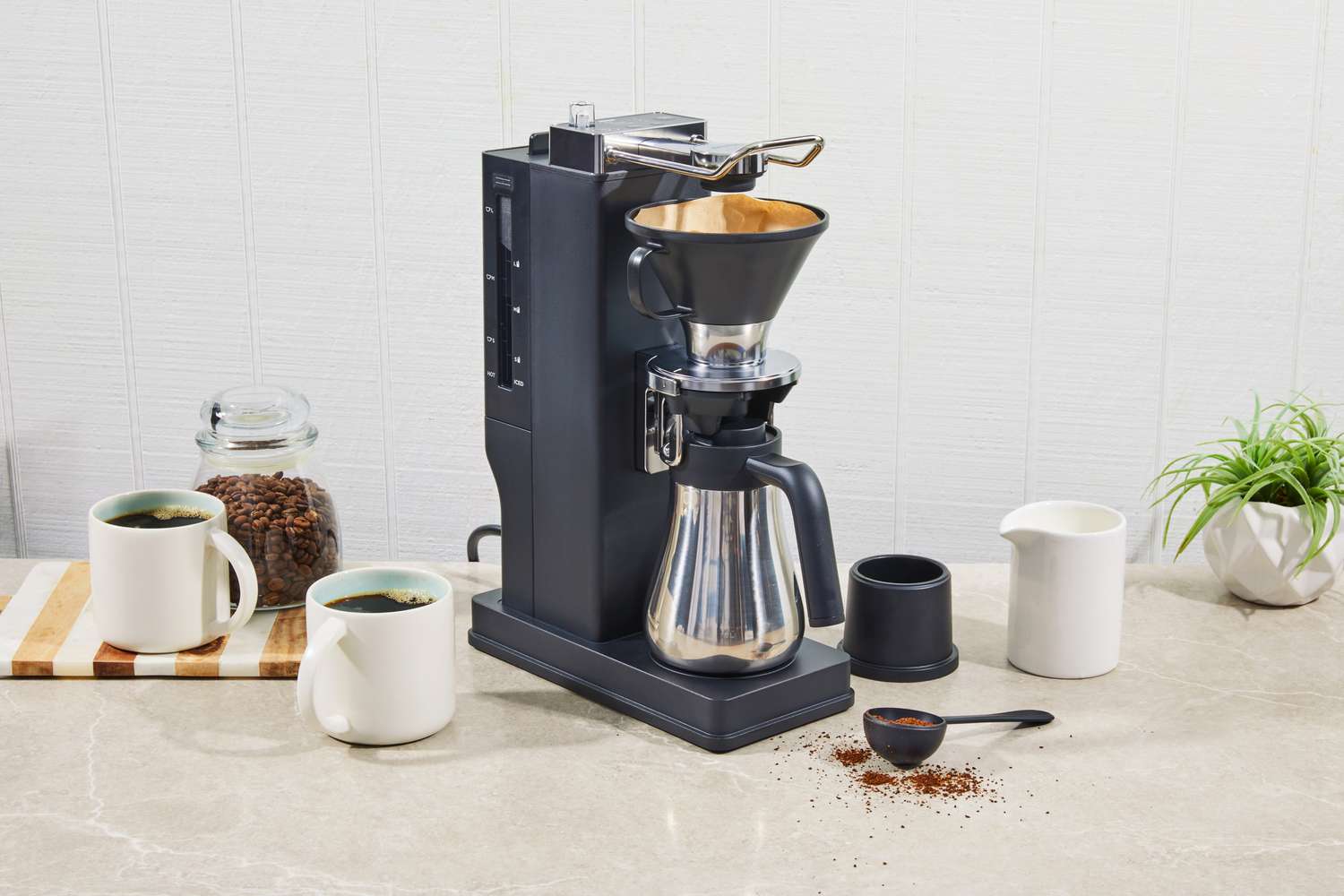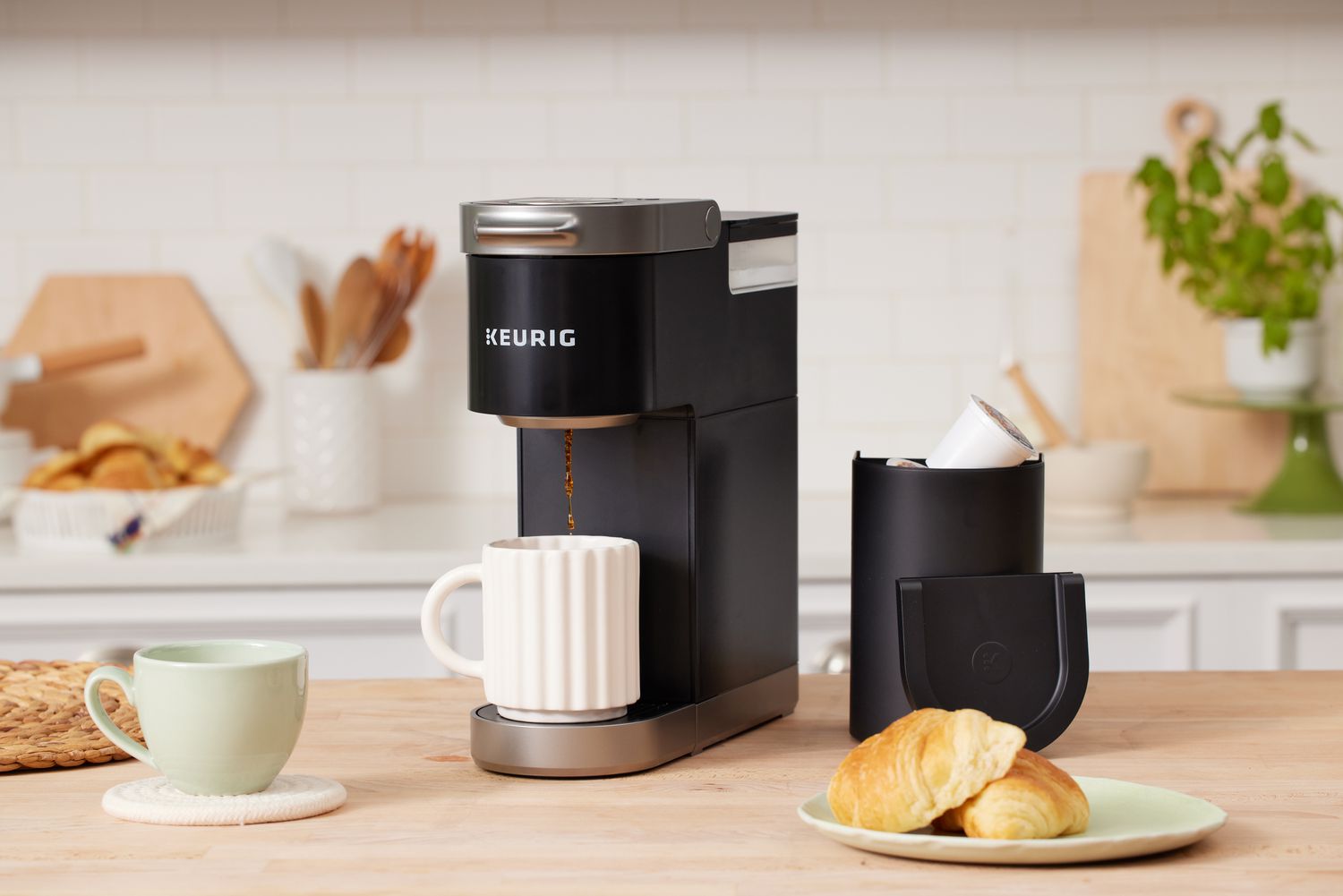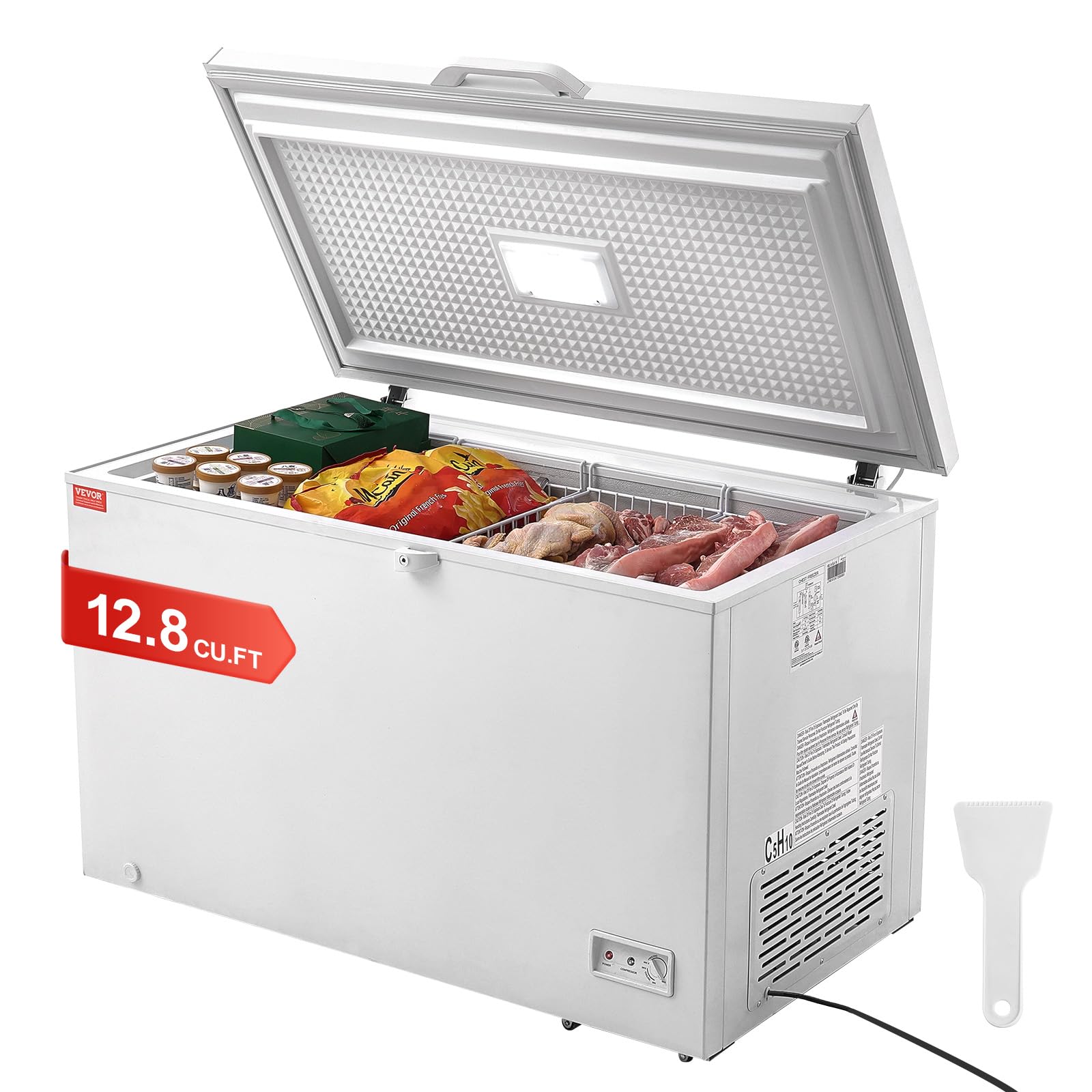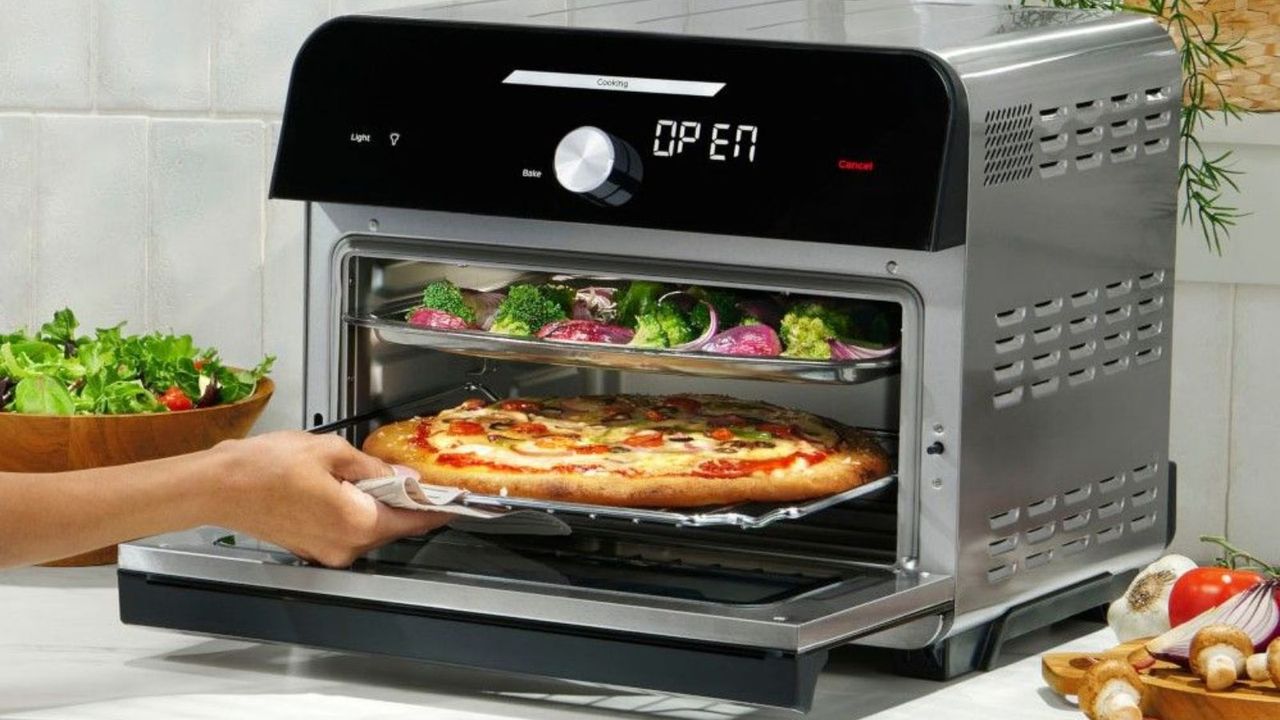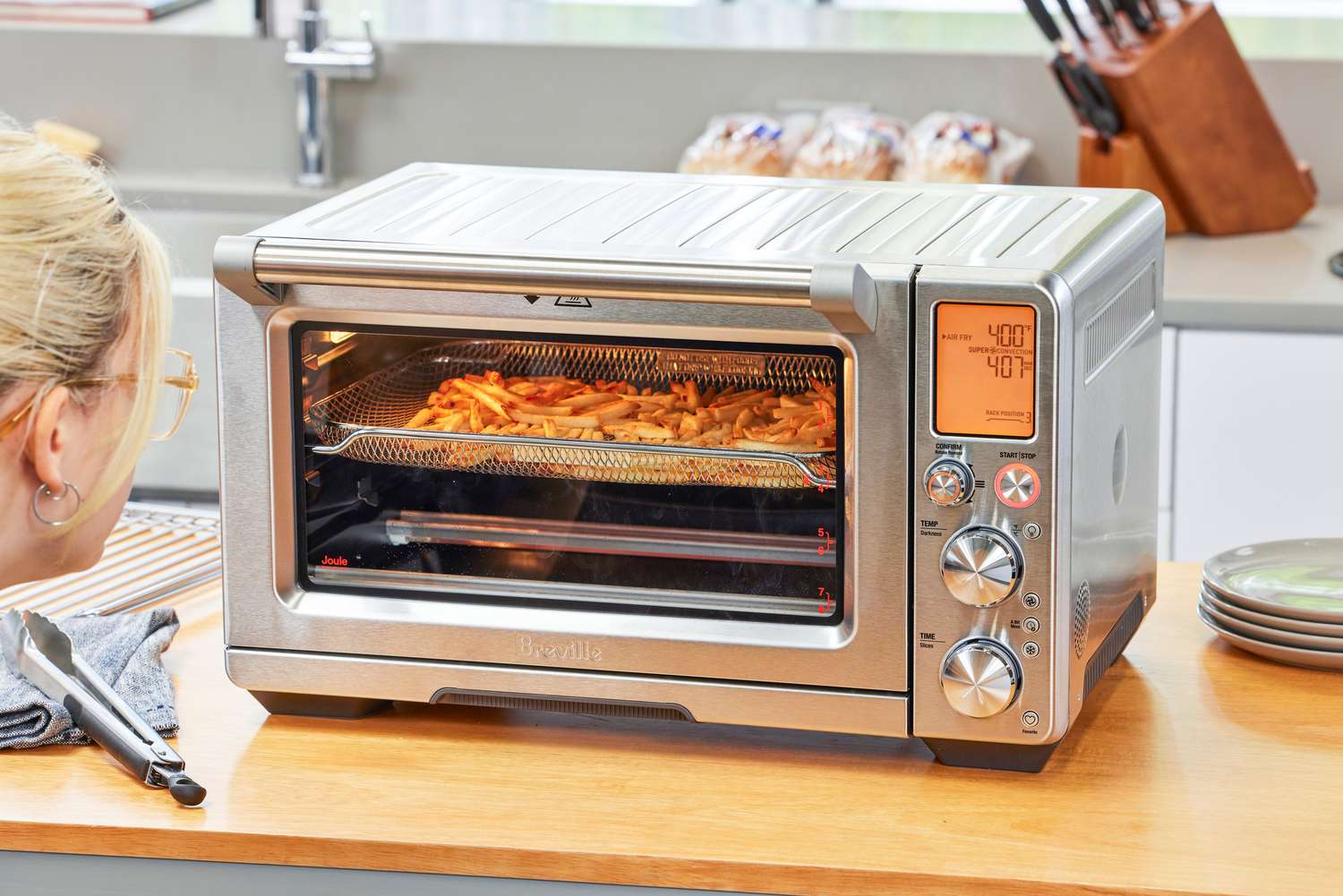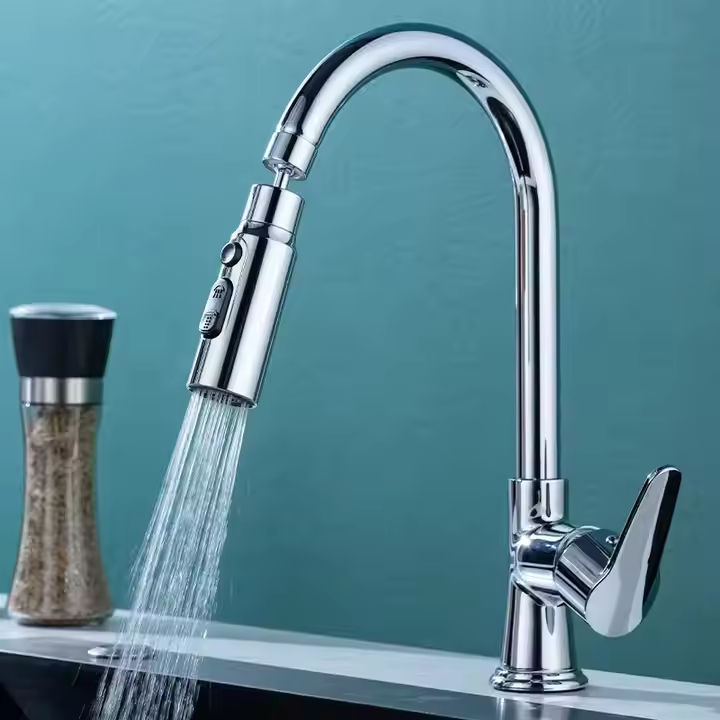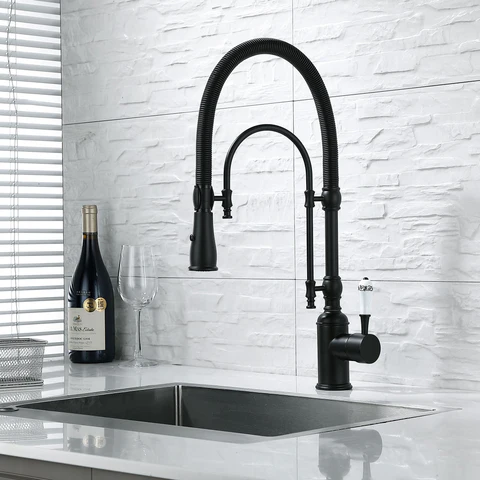The Ultimate Guide to Energy-Efficient Kitchen Appliances
Reducing your energy consumption isn’t just good for the environment—it’s also great for your wallet. Over the years, energy-efficient appliances have evolved significantly, incorporating smart technology, advanced insulation, and eco-friendly materials. Trends like the rise of smart home integration and increasing consumer demand for sustainable living have driven the popularity of these appliances, making them both environmentally responsible and cost-effective. With the rise of energy-efficient kitchen appliances, you can save money on utility bills while enjoying modern conveniences. This guide will help you understand which appliances are the most efficient and how to make smart choices for your kitchen.
1. Energy-Efficient Refrigerators
Refrigerators run 24/7, making them one of the biggest energy consumers in the home. Energy-efficient refrigerators are designed with advanced insulation and compressors to reduce energy usage without compromising performance.
Why It’s Efficient: Uses up to 40% less energy compared to older models.
Pro Tip: Look for the ENERGY STAR label and consider models with top or bottom freezers, which are more efficient than side-by-side designs.
2. Induction Cooktops
Induction cooktops heat food faster and more efficiently than traditional gas or electric stoves. They use electromagnetic energy to heat the cookware directly, reducing wasted heat.
Benefits: Faster cooking times, precise temperature control, and lower energy consumption.
Bonus: The surface stays cool, making it safer for homes with children.
3. Energy-Efficient Dishwashers
Modern dishwashers use less water and energy than washing by hand. ENERGY STAR-certified models use advanced sensors to adjust water usage and temperature based on the load.
Why It’s Efficient: Uses 12% less energy and 30% less water compared to standard models.
Pro Tip: Run full loads to maximize efficiency, and if your dishwasher has an eco-mode setting, be sure to use it for even greater energy and water savings.
4. Convection Ovens
Convection ovens circulate hot air using a fan, cooking food faster and more evenly than conventional ovens. This reduces cooking times and energy usage.
Why You Need It: Saves up to 20% more energy than traditional ovens.
Pro Tip: Lower the cooking temperature by 25°F for recipes designed for conventional ovens.
5. Smart Microwaves
Smart microwaves adjust power levels automatically based on the type of food being cooked. This ensures faster cooking with less energy consumption.
Benefits: Optimizes energy use, reduces cooking times, and prevents overcooking.
Bonus: Some models can be controlled via smartphone apps for added convenience.
6. High-Efficiency Range Hoods
Range hoods improve air quality by removing smoke, steam, and odors. ENERGY STAR-certified models use efficient motors and LED lighting to reduce energy consumption.
Why It’s Efficient: Uses 70% less energy compared to traditional range hoods.
Pro Tip: Choose models with adjustable fan speeds to optimize energy use.
7. Energy-Saving Coffee Makers
Start your mornings with an energy-saving coffee maker that features auto-shutoff functions and thermal carafes to keep coffee warm without continuous heating.
Why It’s Efficient: Reduces standby power consumption and energy waste.
Bonus: Look for models with programmable timers to brew coffee only when needed.
8. Efficient Freezers
Standalone energy-efficient freezers are designed with better insulation and advanced compressors to minimize energy use. For optimal efficiency, it’s important to place your freezer in a cool, well-ventilated area away from heat sources like ovens, dishwashers, or direct sunlight, as exposure to heat can cause the appliance to work harder and consume more energy.
Why You Need It: Uses up to 25% less energy than older models.
Pro Tip: Chest freezers are more efficient than upright models because they retain cold air better when opened.
9. Low-Energy Toaster Ovens
A low-energy toaster oven is perfect for small meals, using significantly less energy than a full-sized oven. They preheat quickly and are ideal for toasting, baking, and broiling.
Why It’s Efficient: Uses up to 50% less energy than conventional ovens.
Pro Tip: Great for reheating leftovers without turning on the big oven.
10. Water-Saving Faucets
While not an appliance, water-saving faucets with aerators reduce water flow without compromising pressure. By reducing hot water usage, these faucets help lower the amount of energy required to heat water, which can significantly reduce energy consumption in the kitchen. This not only conserves water but also decreases energy costs associated with water heating. Less hot water usage means reduced energy consumption for heating.
Why You Need It: Cuts water usage by up to 30%, saving both water and energy.
Bonus: Install motion-sensor faucets for even greater efficiency.
Final Thoughts
Investing in energy-efficient kitchen appliances not only lowers your utility bills but also helps reduce your carbon footprint. Taking the first step toward energy efficiency doesn’t have to be overwhelming. Start by upgrading a single appliance, such as your refrigerator or dishwasher, to an ENERGY STAR-certified model. Alternatively, conduct a simple energy audit of your kitchen to identify which appliances consume the most power. Small changes can make a significant impact, both environmentally and financially, paving the way for a more sustainable and cost-effective kitchen. Whether you’re upgrading a single appliance or revamping your entire kitchen, choosing eco-friendly options is a step toward a more sustainable future.
Which energy-efficient appliance are you excited to add to your kitchen?
editor's pick
news via inbox
Nulla turp dis cursus. Integer liberos euismod pretium faucibua

